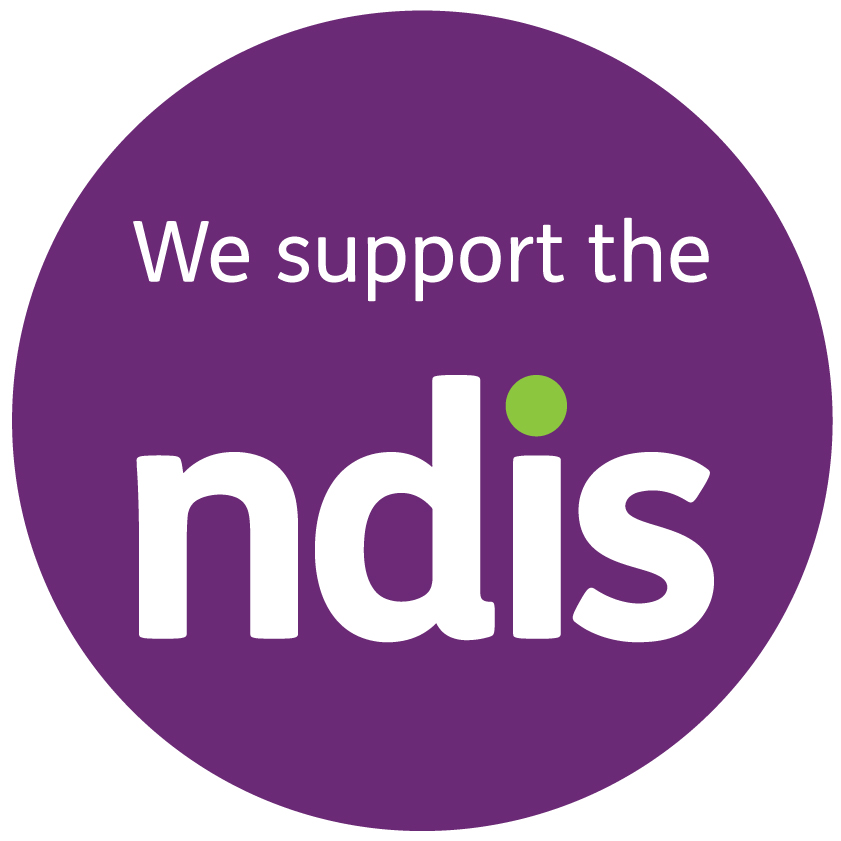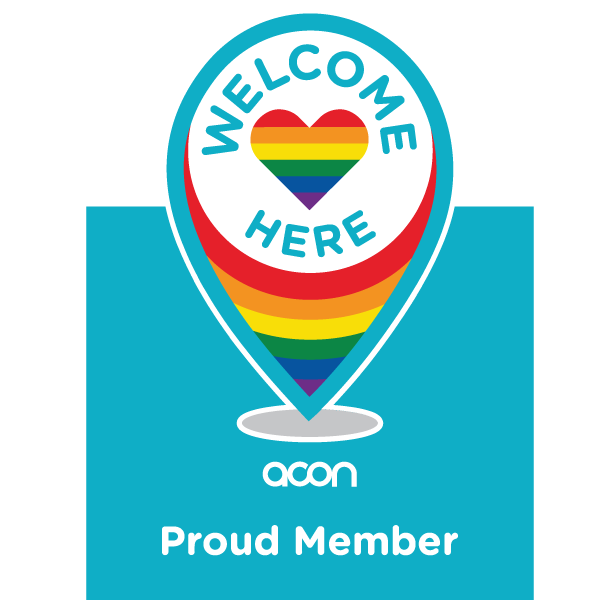SO WHAT IS MUSIC THERAPY ANYWAY??
So what IS music therapy anyway??
This is a question that I have been asked time and time again. The tone of voice, the inflections used, the body language and facial expressions that accompany this question are varied and often give me some hint as to what kind of answer the person asking the question is looking for. Are they truly interested in the evidence and research that underpins music therapy, or do they just want a quick answer because they’re really only asking to be polite? Do they already have an understanding and most likely a personal experience of how music can move people, or is music like a foreign language to them?
No matter what my conclusion is about the person asking the question, I have always found the easiest way to explain music therapy is by telling a story, putting it into context. Once I’ve done that the person can then choose to ask further questions to delve deeper into the why and how of music therapy, or simply leave with a nice snapshot of music therapy.
In this blog I’d like to give you a snapshot. If that’s all you’re looking for then hopefully you will improve your understanding of music therapy. If you’re wanting more, I hope that it will encourage you to look further and ask more questions.
Music therapy is about using music to help people with whatever it is they need.
Where possible, music therapy encourages active involvement in the music making. Listening to music or playing music for someone will be used if it is going to meet a need, such as relaxation or going to sleep. When working with very sick babies it is very satisfying to help put them to sleep through some comforting music, after a parent has reported that all the child needs is to go to sleep, and they have tried unsuccessfully. There is usually a very satisfied and relieved parent as well! Even in this scenario, a music therapist will still use the cues from the child to help provide the best music, such as their breathing rate. So the child is still involved and can influence what is happening.
Meeting someone’s needs is both the joy and the challenge of working as a music therapist. We all have various needs and goals, some are long term, and some are short term. In music therapy we can work on both. The great thing about music is that it is adaptable. It’s adaptable over time and in the present moment. So someone may have a goal of improving their communication skills, but today they are full of anxiety. A music therapist may have planned a session to work specifically on some communication techniques through improvising together on drums, however this person is overwhelmed with anxiety and is finding it difficult to sit down. The music therapist will then adapt and change the plan to try to help the person with their anxiety. This may be through using familiar music that the music therapist knows the person likes and has responded to in the past, it may be through playing improvised music that has a steady, predictable rhythm and consonant harmonies. The music therapist may use words to help the person know they are heard and understood, or just use the non-verbal elements of the music to portray their understanding of what the person is expressing to them. All the while the music therapist will be using their observation skills, their knowledge of the person and their experience to evaluate how the person is responding, what is working and what needs changing. Music therapy is not prescriptive – it is not a matter of “feeling anxious = play Mozart”! We are all unique and we all respond uniquely to music – so it‘s important that the music therapist has been trained appropriately and can use techniques and approaches in a flexible way, and be prepared to be challenged.
In Australia the peak body for the music therapy profession is the Australian Music Therapy Association or the AMTA. It has been around since 1975! If you’re really interested in this history you can find it at austmta.org.au/about-us/history.
The AMTA defines music therapy as…
“the intentional use of music to support people to improve their health, functioning and wellbeing. It is a research-based practice and profession by a university-trained professional who is registered with the Australian Music Therapy Association Inc. Registered music therapists (RMT) draw on an extensive body of research and are bound by a code of ethics that informs their practice.”
The examples I have given here are about helping with relaxation and calming, and emotional regulation.
Music therapy can address a variety of areas and has been shown to:
- Support development
- Increase engagement & participation
- Promote wellness through managing anxiety and stress, alleviating pain and promoting relaxation
- Improve physical, cognitive, communication (both verbal and non-verbal), self-expression and social skills
- Support learning
- Support sensory processing and develop self-regulation
- Enhance memory
I look forward to expanding on these more in future blogs.
If you would like to know more about music therapy, or you’d like to find out how music therapy could be of benefit to you or someone you care about, then get in touch with Susan at Newcastle Music Therapy. She’ll be more than happy to chat.
At Newcastle Music & Art Therapy, we’re all about creating a space where everyone feels welcome and valued. We are a neuroaffirming practice, proudly support people with disabilities, LGBTQIA+ folks, and Indigenous peoples.
It’s important to us that everyone feels included, heard and seen. We’re here to break down barriers, celebrate our differences, and make sure everyone can be themselves and shine.

Newcastle Music & Art Therapy operates on Awabakal country. We acknowledge the Awabakal people as the traditional custodians of the Warners Bay region and pay our respects to Awabakal elders past and present.
We are committed to a positive future for the Aboriginal community.

Get In Touch
Our Address
16/363 Hillsborough Road
Warners Bay NSW 2282
